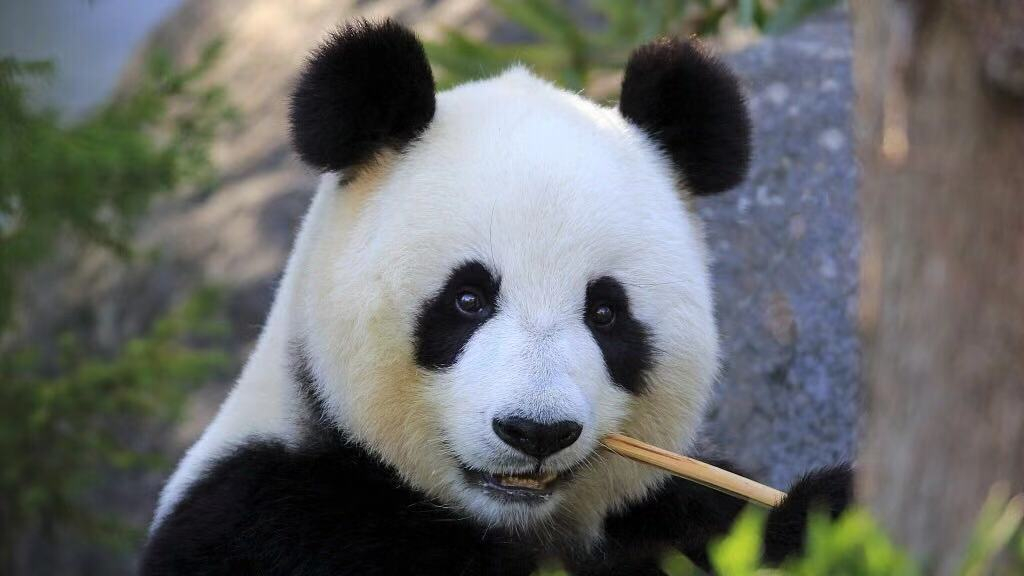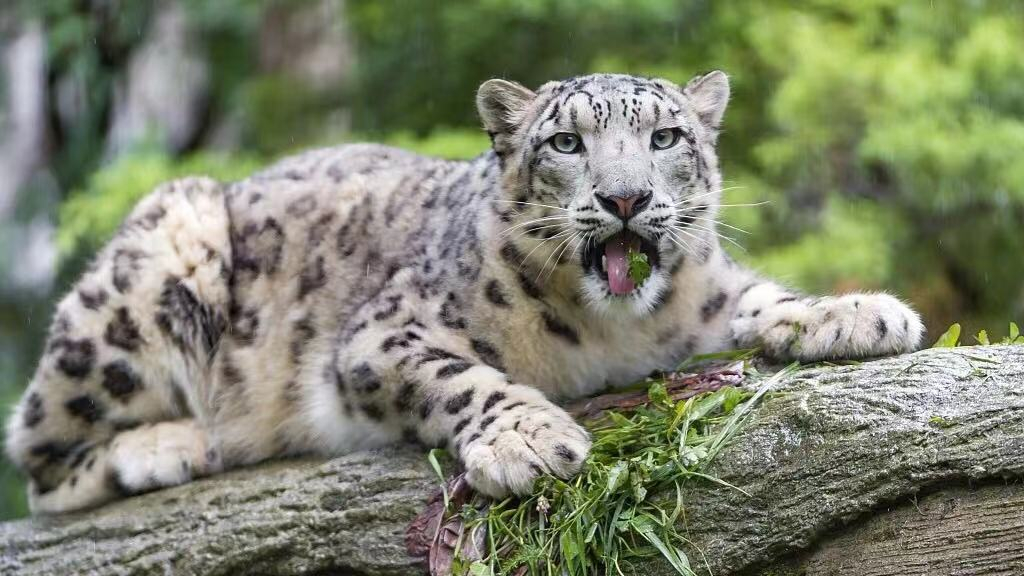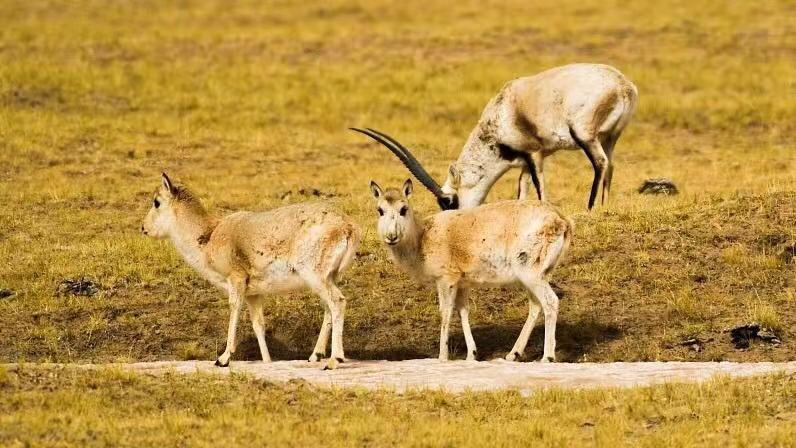During this year's Two Sessions, CPPCC member Wan Jie, chairman of Artron Art Group, proposed to update the List of Wild Animals under State Priority Conservation, which has been changed only once in 30 years.
Last year, CPPCC members Zhang Endi and Ma Jin also pointed out that this outdated list has affected the effective protection of endangered species in China. Scientists and NGOs proclaim that endangered wild animals and plants can't wait any longer.

Spoon-billed sandpiper is critically endangered, with a population of less than 100. It breeds in Russia and migrates to China. /VCG Photo
Spoon-billed sandpiper is critically endangered, with a population of less than 100. It breeds in Russia and migrates to China. /VCG Photo
How does China protect wild animals and plants?
To preserve wild animals and plants in China, two sets of protection lists have been ratified by the government: the List of Wild Animals and Plants under State Priority Conservation, and the Red List of China's Biodiversity.
The giant panda, a national treasure, has been classified as a first-class protected animal in China, in accordance with the List of Wild Animals and Plants under State Priority Conservation.

The giant panda is under first-class state protection in China. /VCG Photo
The giant panda is under first-class state protection in China. /VCG Photo
Enacted in 1989, the List of Wild Animals under State Priority Conservation has been changed only once in the last 30 years, which was to upgrade the protection level of the musk deer from second-class to first-class in 2003.
Ten years later, the List of Wild Plants under State Priority Conservation (first batch) was issued in 1999. The second batch hasn't been officially enacted but is under discussion.
Compared with the List of Wild Animals and Plants under State Priority Conservation that has the force of law and supporting policies, the Red List of China's Biodiversity is made by the Ministry of Ecology and Environment and the Chinese Academy of Sciences to document the conditions of biodiversity in China.

The snow leopard is native to the snowy mountains of Central and South Asia. A report indicated that 60 percent of the world's snow leopard habitats are found in China. /VCG Photo
The snow leopard is native to the snowy mountains of Central and South Asia. A report indicated that 60 percent of the world's snow leopard habitats are found in China. /VCG Photo
The Red List of Higher Plants, Vertebrates and Macrofungi was published in 2013, 2015 and 2018 respectively. Similar to the International Union for Conservation of Nature (IUCN) Red List, the list classified species in nine groups: extinct (EX), extinct in the wild (EW), critically endangered (CR), endangered (EN), vulnerable (VU), near threatened (NT), least concern (LC), data deficient (DD) and not evaluated (NE).
However, the Red List of China's Biodiversity takes more local factors into consideration. For example, a species that is endangered in China might have a large population in other countries but still demand local protection.
When will the protection list be updated?

After decades of conservation efforts, the population of Tibetan antelopes has recovered to 200,000 in 2015. /VCG Photo
After decades of conservation efforts, the population of Tibetan antelopes has recovered to 200,000 in 2015. /VCG Photo
Previously, due to a lack of information on species population, distribution and other factors, it was difficult to evaluate the status of animals and plants. This situation has been ameliorated as technology develops and more people become dedicated to conservation efforts.
The great efforts made by officials and scientists have brought good news: The update of the conservation list every five years has been written into the revised Wild Animal Conservation Law, which was implemented in 2017. The update is yet to come.

The Asian small-clawed otter is the smallest otter species in the world. /VCG Photo
The Asian small-clawed otter is the smallest otter species in the world. /VCG Photo
China's economy and urbanization have been on the fast track of development over the past few decades. Although the country has made great achievements in protecting endangered species such as the
giant panda,
Tibetan antelope and
crested ibis, human activities, resource utilization and climate change are still destroying the habitats of certain animals.
“Make It Famous” will introduce some of China's unfamiliar endangered animals. So stay tuned if you are interested.
Read More:
(Cover image designed by CGTN's Liu Shaozhen)
(If you want to contribute and have specific expertise, please contact us at nature@cgtn.com)







